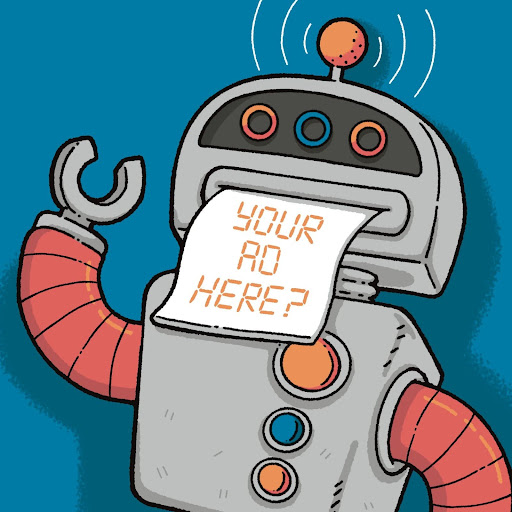
When we talk about artificial intelligence in advertising today, the conversation often seems to focus on cutting-edge tools like ChatGPT or DALL-E. However, AI has been quietly revolutionizing the advertising industry since the 1950s, bringing with it both positive and challenging implications for marketers and consumers alike.
The Foundation: Early AI in Advertising
Long before generative AI made (and wrote) headlines, advertisers were using machine learning algorithms to optimize their campaign performance. In the early 2000s, programmatic advertising introduced automated bid management and real-time audience targeting. These early AI applications helped advertisers reach more relevant audiences and reduce wasteful ad spend.
Today’s AI Landscape in Advertising
Modern AI tools have expanded far beyond simple automation. They now power:
- Content Creation: AI can generate ad copy, images, and even video content, enabling rapid testing of multiple creative variations.
- Predictive Analytics: Advanced algorithms forecast consumer behavior and campaign performance with increasing accuracy.
- Personalization at Scale: AI enables real-time customization of ad content based on individual user behavior and preferences.
- Media Planning: Machine learning optimizes media buying across channels, maximizing return on ad spend.
The Benefits of AI in Advertising
The integration of AI has brought several significant advantages:
- Efficiency: AI automates time-consuming tasks, allowing creative professionals to focus on strategy and innovation.
- Data-Driven Decisions: Machine learning provides deeper insights into consumer behavior and campaign performance.
- Cost-Effectiveness: Automated optimization helps reduce wasted ad spend and improve campaign ROI.
- Scale and Speed: AI enables rapid testing and deployment of campaigns across multiple channels and markets.
The Challenges and Concerns
However, the rise of AI in advertising isn’t without its drawbacks:
- Quality Control: While AI can generate content quickly, it sometimes produces generic, incorrect, or tone-deaf material that requires significant human editing.
- Privacy Concerns: Advanced targeting capabilities raise questions about data collection and consumer privacy.
- Job Displacement: Some traditional advertising roles are evolving or being replaced altogether as AI takes over certain tasks.
- Creative Authenticity: There’s ongoing debate as to whether or not AI-generated content can capture human creativity and emotional nuance.
Finding the Right Balance
The key to successful AI implementation in advertising lies in finding the right balance between automation and human oversight. The most effective approaches typically:
- Use AI as a Tool, Not a Replacement: Successful agencies view AI as an enhancer of human creativity rather than a substitute for it.
- Maintain Human Oversight: While AI can generate ideas and optimize campaigns, human judgment remains crucial for strategy, brand voice, and emotional resonance.
- Focus on Ethics: Responsible advertisers prioritize transparency about AI use and maintain strong data privacy practices.
- Invest in Training: Teams need ongoing education to effectively leverage AI tools while maintaining creative excellence.
Looking Ahead
AI’s role in advertising will likely continue to evolve rapidly. As tools become more sophisticated, the industry must remain focused on using AI to enhance rather than replace human creativity. The most successful advertisers will be those who can harness AI’s capabilities while maintaining authentic connections with their audiences.
For agencies like Quinlan, the opportunity lies in embracing AI’s strengths while preserving the human insight and creativity that have always been at the heart of great advertising. By taking a balanced approach, agencies can use AI to enhance their capabilities while continuing to deliver the innovative, emotionally resonant campaigns that drive results for their clients.